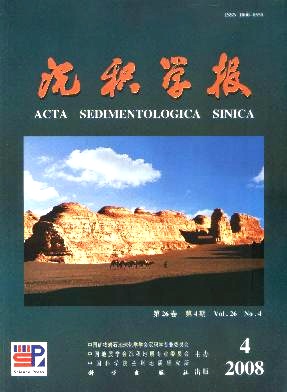Neogene Shallow Water Deltaic System and Large Hydrocarbon Accumulations in Bohai Bay, China
- Received Date: 1900-01-01
- Rev Recd Date: 1900-01-01
- Publish Date: 2008-08-10
-
Key words:
- shallow water deltaic facies /
- sheet sands /
- hydrocarbon accumulations /
- exploration potential
Abstract: Bohai basin is characterized by tectonicallyuniform block with steady and slow subsidence, which resulted in lowrelief, low gradient, and highstand lakelevel depositional settings during the Neogene. Excellent reservoirseal combinations and superb conditions for the formation of hydrocarbon traps in the region. Cyclic depositions of shallow water deltaic system which were dominated by fluvial systems showed obvious lobe shape on contour maps and very good lateral connectivity between lobes. Broadly developed, vertically stacked cyclic thick shale layers resulted in multiple sets of reservoirseal combinations. Shallow water deltaic facies are positioned near the prolific hydrocarbonenriched depressions which have been in the peak hydrocarbon generation since Neogene. And the coincidence of neotectonism since Neogene and the peak hydrocarbon generations in the depression has created the excellent basis for the formation of mediumtolarge scale fields in the high quality shallowwater deltaic facies offshore. Therefore, the shallow water deltaic reservoirs still should be the focus targets for exploration for adding new reserves and increasing productions in this region.
| Citation: | ZHU Wei-lin. Neogene Shallow Water Deltaic System and Large Hydrocarbon Accumulations in Bohai Bay, China[J]. Acta Sedimentologica Sinica, 2008, 26(4): 575-582. |






 DownLoad:
DownLoad: